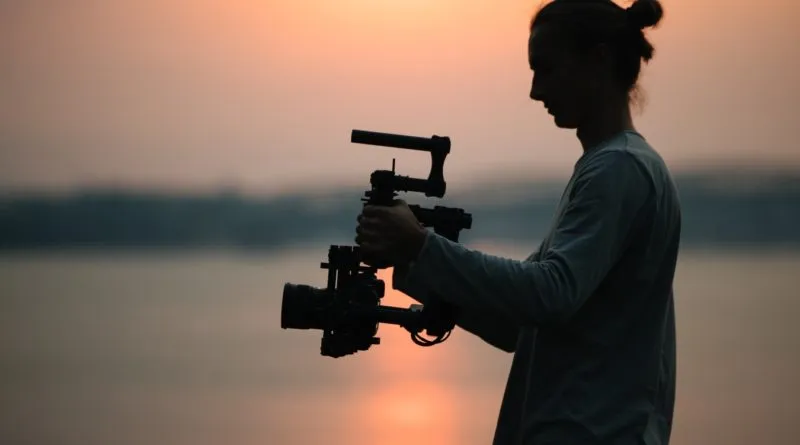Lifestyle
Vintage Wisdom for Modern Videographers

In the constantly evolving world of videography, it’s easy to get caught up in the latest trends and technology. However, there’s a wealth of knowledge to be gained from looking back at the masters of the past. Their pioneering work laid the groundwork for the techniques and storytelling methods we use today. This article dives into the rich history of videography, offering practical tips for aspiring videographers and illustrating how modern techniques are deeply rooted in the past.
The Evolution of Videography
Videography, like any art form, has evolved significantly over the years. The journey from old video cameras, with their limited capabilities, to today’s high-definition digital marvels is nothing short of remarkable. The charm and challenges of using an old video camera taught early videographers to be resourceful and inventive—qualities that are still invaluable today.
Lessons from the Pioneers
The pioneers of videography didn’t have the luxury of modern equipment. They worked with what they had and, in doing so, developed timeless techniques. For instance, they mastered the art of storytelling through simple shots, understanding the importance of composition and pacing. They knew that the heart of a good video isn’t in fancy effects but in its ability to tell a story that resonates with viewers.
Modern Techniques Inspired by the Past
Today’s videographers stand on the shoulders of these giants. Many modern techniques, like the rule of thirds in composition or the use of natural lighting, are direct descendants of methods developed by early videographers. It’s a testament to their ingenuity that these techniques have stood the test of time, evolving with the technology but retaining their core principles.
Practical Tips for Aspiring Videographers
For those starting in videography, the lessons from the past are invaluable. Here are a few practical tips:
- Learn the Basics:Before diving into complex techniques, understand the basic principles of videography. This includes composition, lighting, and storytelling.
- Storytelling is Key:Regardless of your equipment, the story you’re telling is paramount. Focus on how your shots contribute to the narrative.
- Experiment with Lighting:Like the pioneers, learn to use natural lighting to your advantage. It can add mood and depth to your videos.
- Practice with Different Equipment:If possible, try using the latest video cameras. The limitations can spark creativity and improve your skills.
Preserving Videographic Heritage
Preservation plays a pivotal role in the realm of videography, underscoring the importance of safeguarding the invaluable footage captured by both amateur and professional videographers throughout history. Nowadays, these preservation services have become highly specialized, with professional companies taking the lead due to their rich experience. In my recent exploration of such services, I discovered an informative article about the LegacyBox service that could be quite helpful.
This preservation service, more than a mere technological solution, serves as a testament to the enduring legacy of videography.
Conclusion
The journey of videography from its early days to the present is filled with lessons for those willing to look. By studying the techniques and principles of the past masters and understanding the evolution of technology, aspiring videographers can enhance their craft in meaningful ways. As we move forward, embracing the new while respecting and learning from the old can lead to a richer, more fulfilling practice of the art of videography.